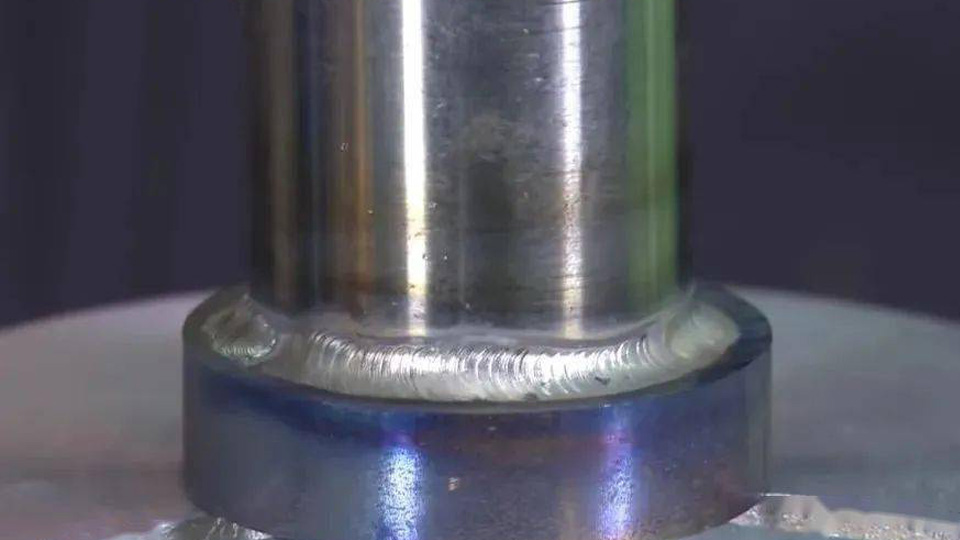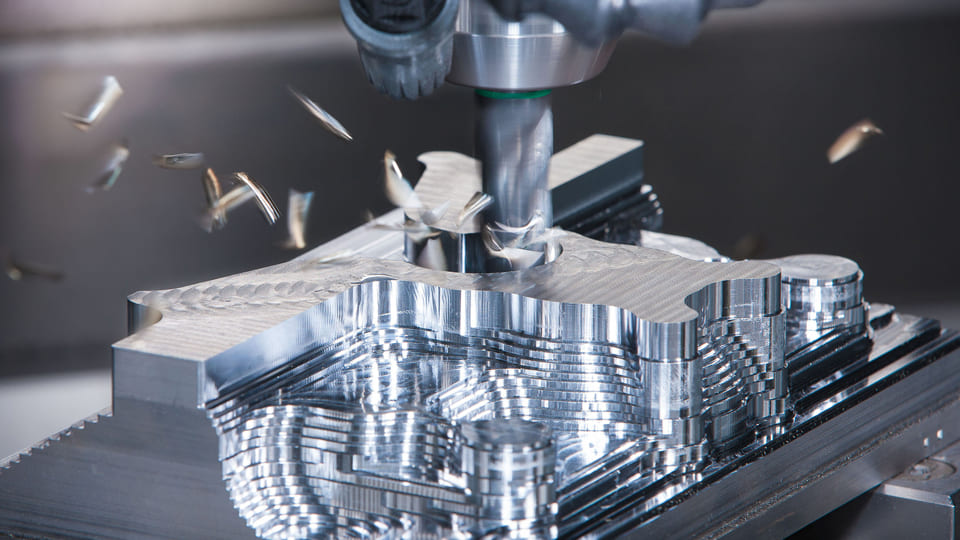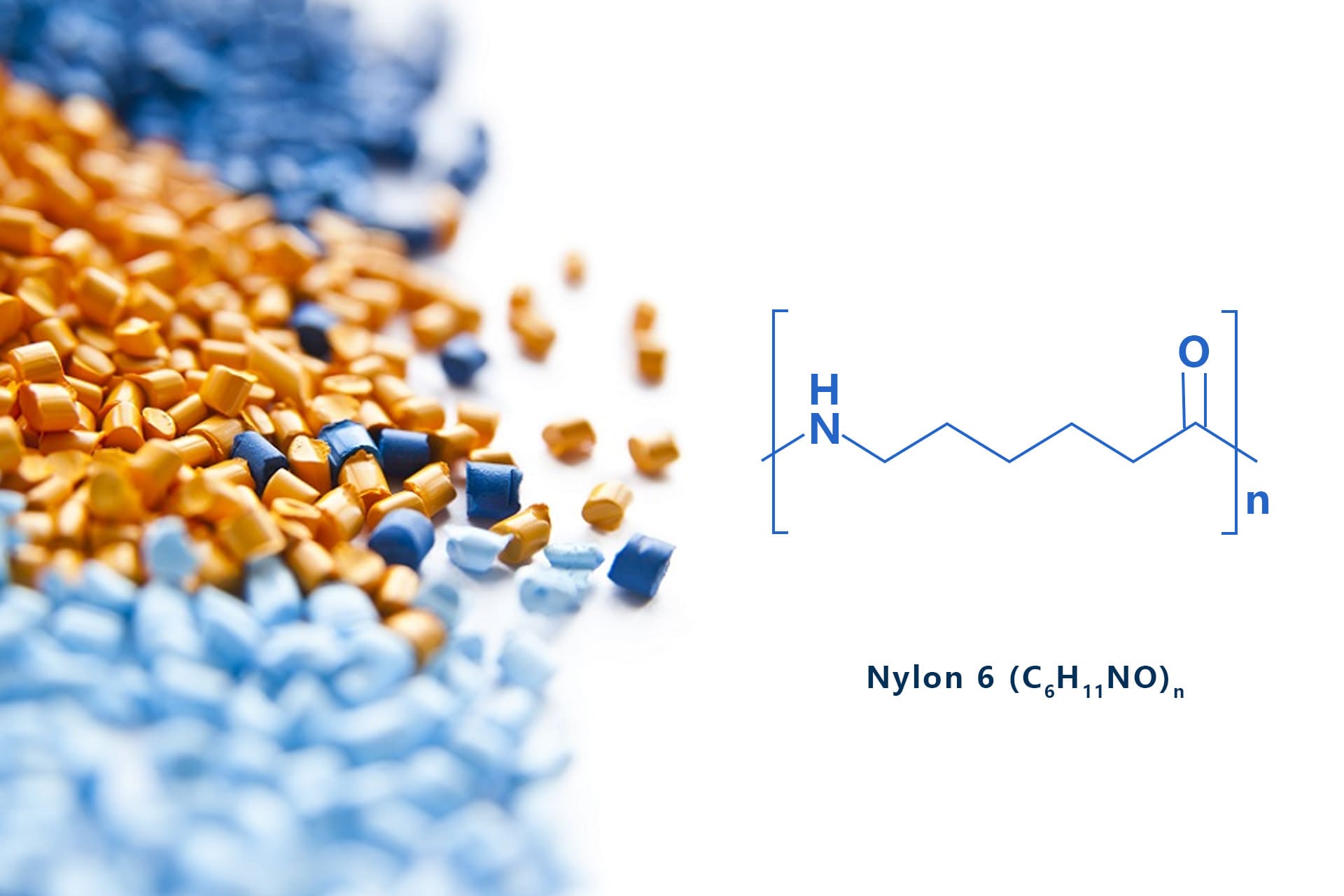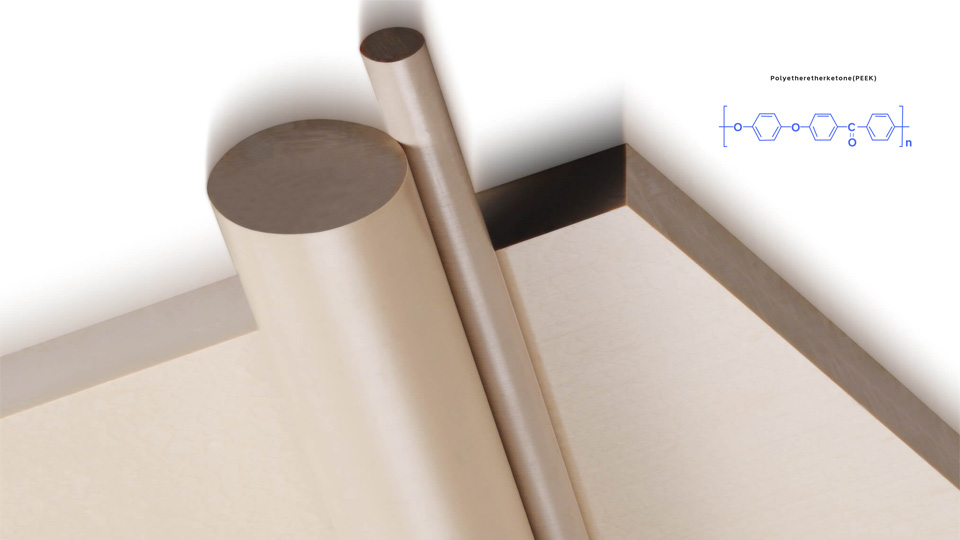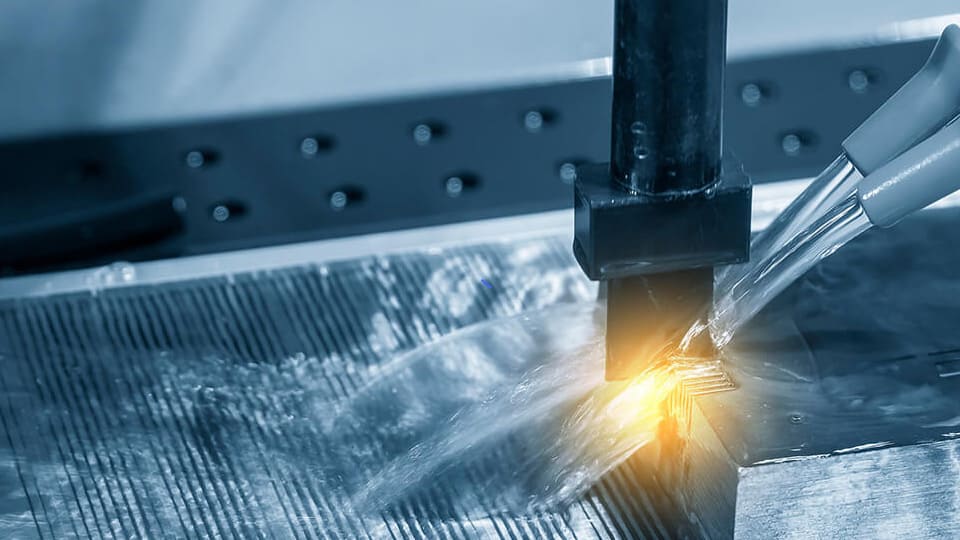Stainless steel and carbon steel are two key materials frequently used in industrial production, each bringing distinct advantages and being suited for various applications. In many engineering projects, welding these metals is a common requirement. However, welding stainless steel to carbon steel presents several challenges due to the significant differences in their physical and chemical properties. This article explores the welding process for stainless steel and carbon steel, outlining its challenges, technologies and processes.
Why is Difficult to Weld?
Welding stainless steel to carbon steel poses several challenges:
Hot Cracking. Both metals are prone to hot cracking, especially in high-temperature environments.
Effect of Alloying Elements. Elements like chromium and nickel in stainless steel require careful control of welding parameters.
Joint Design Considerations. Differences in thermal expansion, melting points, and mechanical properties must be taken into account for a stable, durable weld.
Increased Corrosion. Particles from the carbon steel mix with the stainless steel alloy, disrupting the stainless steel’s protective oxide layer. Once that barrier is compromised, rust can begin to form.
Material Properties
When welding stainless steel to carbon steel, it’s crucial to understand the unique characteristics of each material.
Stainless Steel
Stainless steel is known for its excellent corrosion resistance, strength, and toughness, stainless steel is widely used in industries such as chemical processing, food production, and pharmaceuticals. It contains elements like chromium and nickel, which can cause issues like oxidation or carbonization during welding.
Carbon Steel
Carbon steel has excellent mechanical strength, ease of processing, and cost efficiency, carbon steel is commonly used in construction and machinery manufacturing. However, it is prone to cracking and porosity during welding, so careful preheating and post-weld heat treatments are necessary.
Principles of Weld Technologies
Deep Penetration Welding applies high energy to achieve a deep weld, which forms a strong bond between the two metals. The defining features of this process include deep weld penetration and a small heat-affected zone (HAZ), which helps maintain the mechanical properties and corrosion resistance of the joint. Common heat sources for this method include high-energy beams (such as laser or electron beams) and high-energy density arcs (like plasma or arc welding). These sources can quickly heat the weld area, melt the materials and create a durable connection.
Laser Deep Penetration Welding
This technique uses a high-energy laser beam to rapidly melt the metal surface, creating a molten pool. The laser’s energy can be precisely controlled, allowing minimal heat input, which helps to limit the heat-affected zone and reduce thermal distortion or changes in the metal’s microstructure.
Electron Beam Deep Penetration Welding
In electron beam welding, high-speed electron beams bombard the metal surface, generating intense heat to melt the material. This process takes place in a vacuum, which prevents oxidation and contamination. Electron beams can achieve greater weld depth than traditional methods, making them highly effective.
Welding Process
To achieve a reliable joint between stainless steel and carbon steel, a well-structured process is necessary. Proper preparation, precise parameter selection, and thorough post-weld treatment are all crucial.
1. Preparation Before Welding
Before starting the welding process, ensure that:
Surface Cleaning. Remove any contaminants like oil, scale, or dirt from the welding surfaces.
Assembly and Fixation. Secure the components precisely according to design specs.
Preheating. For thicker weldments, preheating can reduce thermal stress and the risk of cracking.
2. Welding Process
The specific steps depend on the type of deep penetration welding employed.
Laser Deep Penetration Welding
Parameter selection. Select appropriate laser power, welding speed and focus position according to the thickness, material and joint form of the weldment. Generally, higher laser power and slower welding speed can achieve greater penetration depth.
Shielding gas. Use appropriate shielding gas (such as argon or nitrogen) to protect the welding area to prevent oxidation and contamination during welding.
Process control. Ensure welding quality by real-time monitoring of the molten pool state and weld morphology during welding. If necessary, a multi-pass welding process can be used to improve the strength and density of the welded joint.
Electron Beam Deep Penetration Welding
Preparation of vacuum environment. Electron beam welding needs to be carried out in a vacuum environment, so the weldment needs to be placed in a vacuum chamber and evacuated before welding.
Beam parameters selection. According to the material and thickness of the weldment, select the appropriate electron beam voltage, beam current and welding speed. Generally speaking, higher electron beam voltage and beam current can achieve greater penetration depth.
Process control. Ensure welding quality by monitoring the electron beam position and weld state during welding. If necessary, multiple welding can be performed to improve the density and strength of the weld.
3. Post-Weld Treatment
Post-weld treatment is crucial for ensuring the longevity and strength of the joint.
Inspection. Conduct non-destructive testing to check for defects using Ultrasonic or X-ray testing.
Heat Treatment. Perform treatments like annealing or tempering to improve joint strength and toughness.
Surface Treatment. Clean and passivate the weld to improve corrosion resistance.
Conclusion
Deep penetration welding is a critical technology for creating high-strength joints between stainless steel and carbon steel. Techniques such as laser or electron beam welding help overcome the challenges of welding dissimilar metals, ensuring that joints maintain their strength and durability. With proper preparation, process control, and post-weld treatments, high-quality results can be achieved. As this technology advances, it will continue to play a significant role in industries that rely on these two widely used metals.
